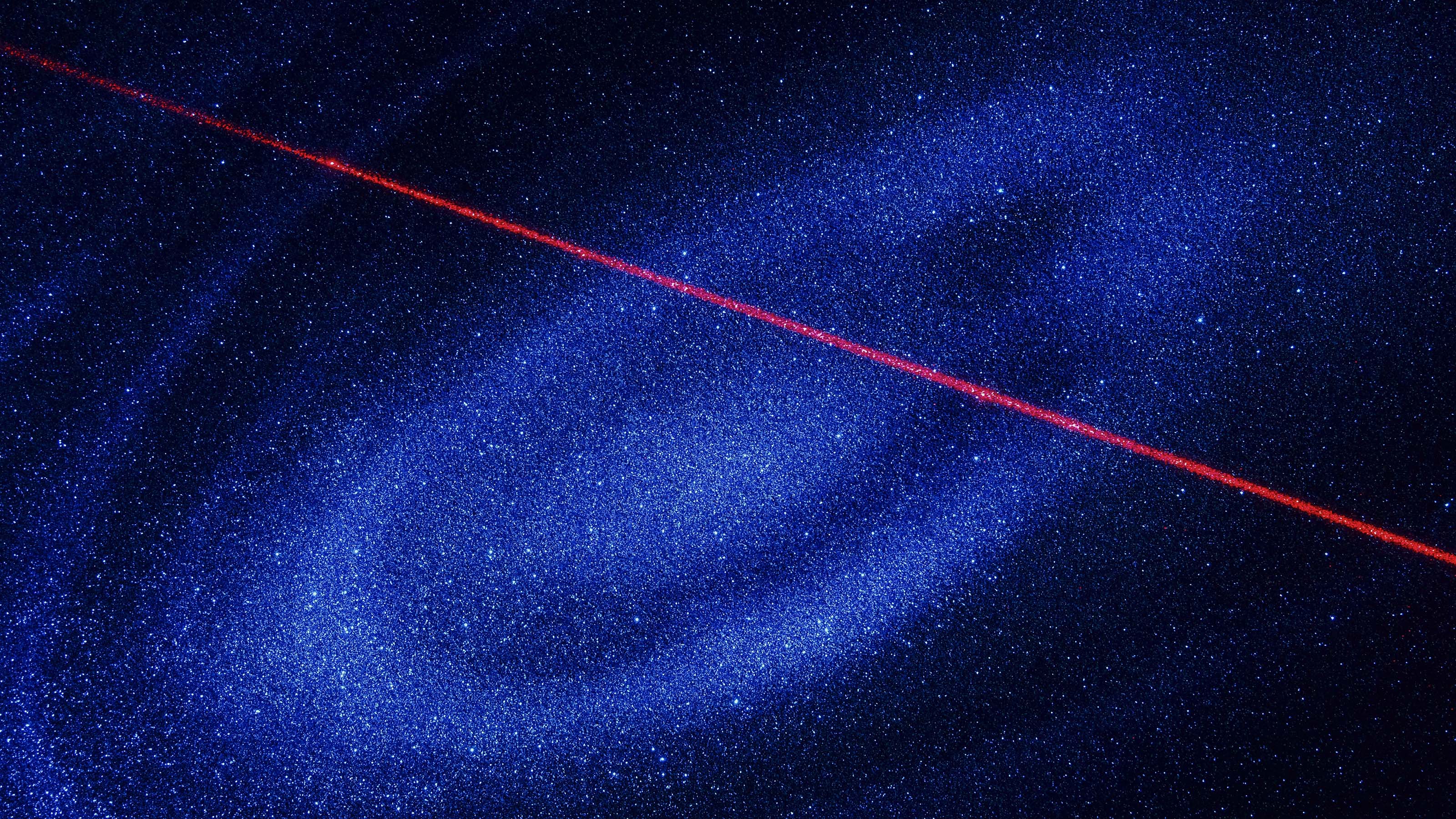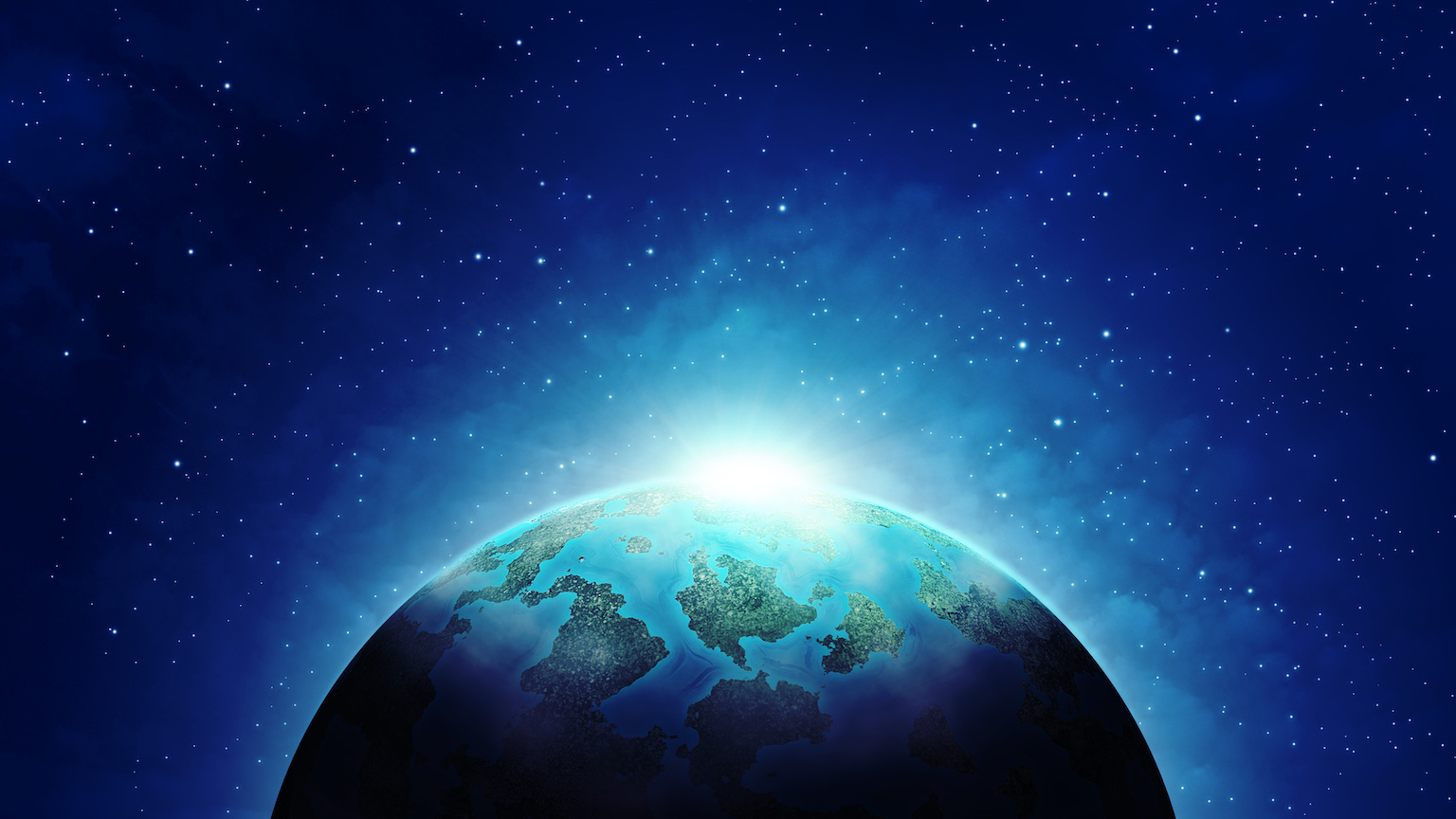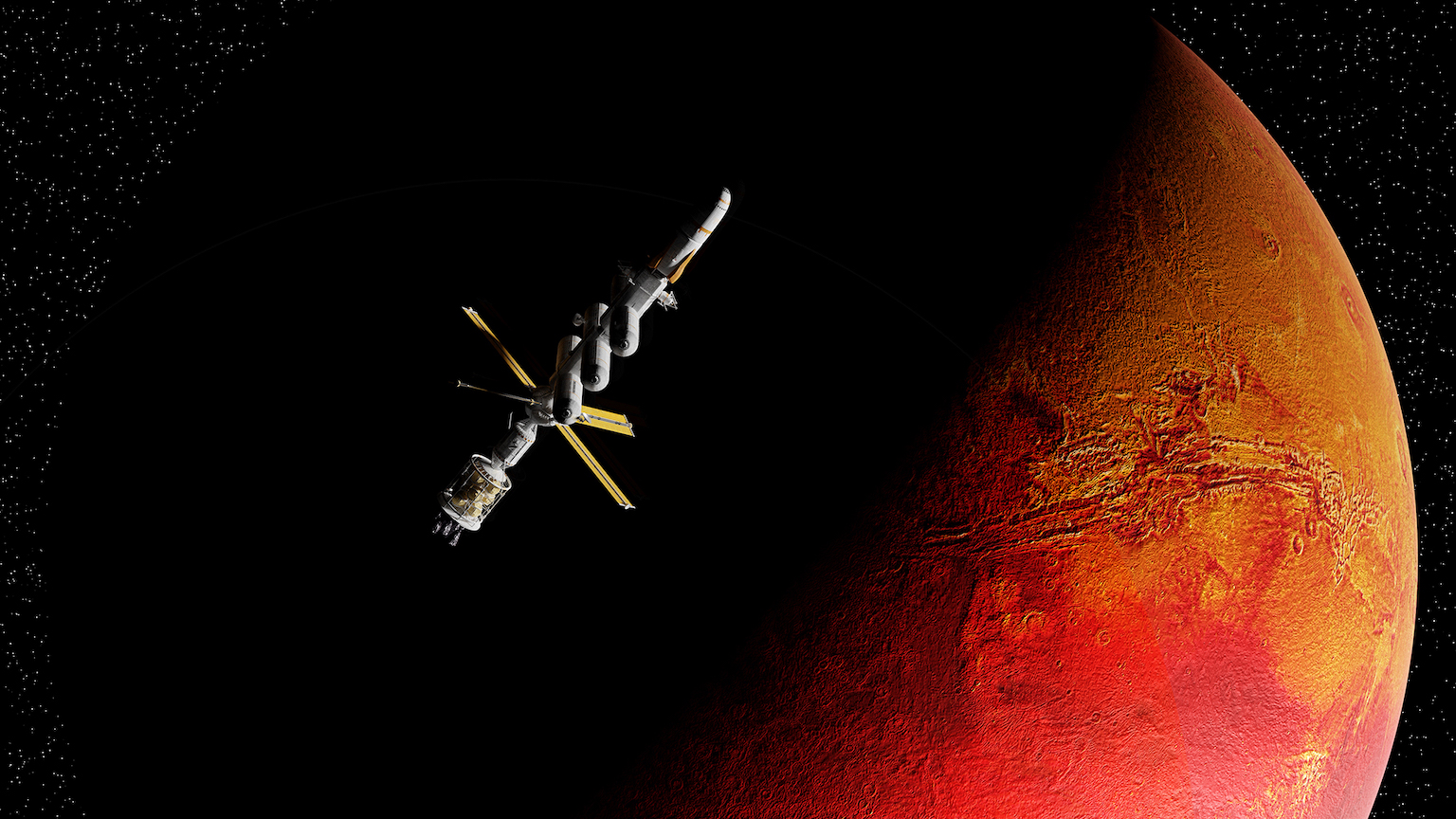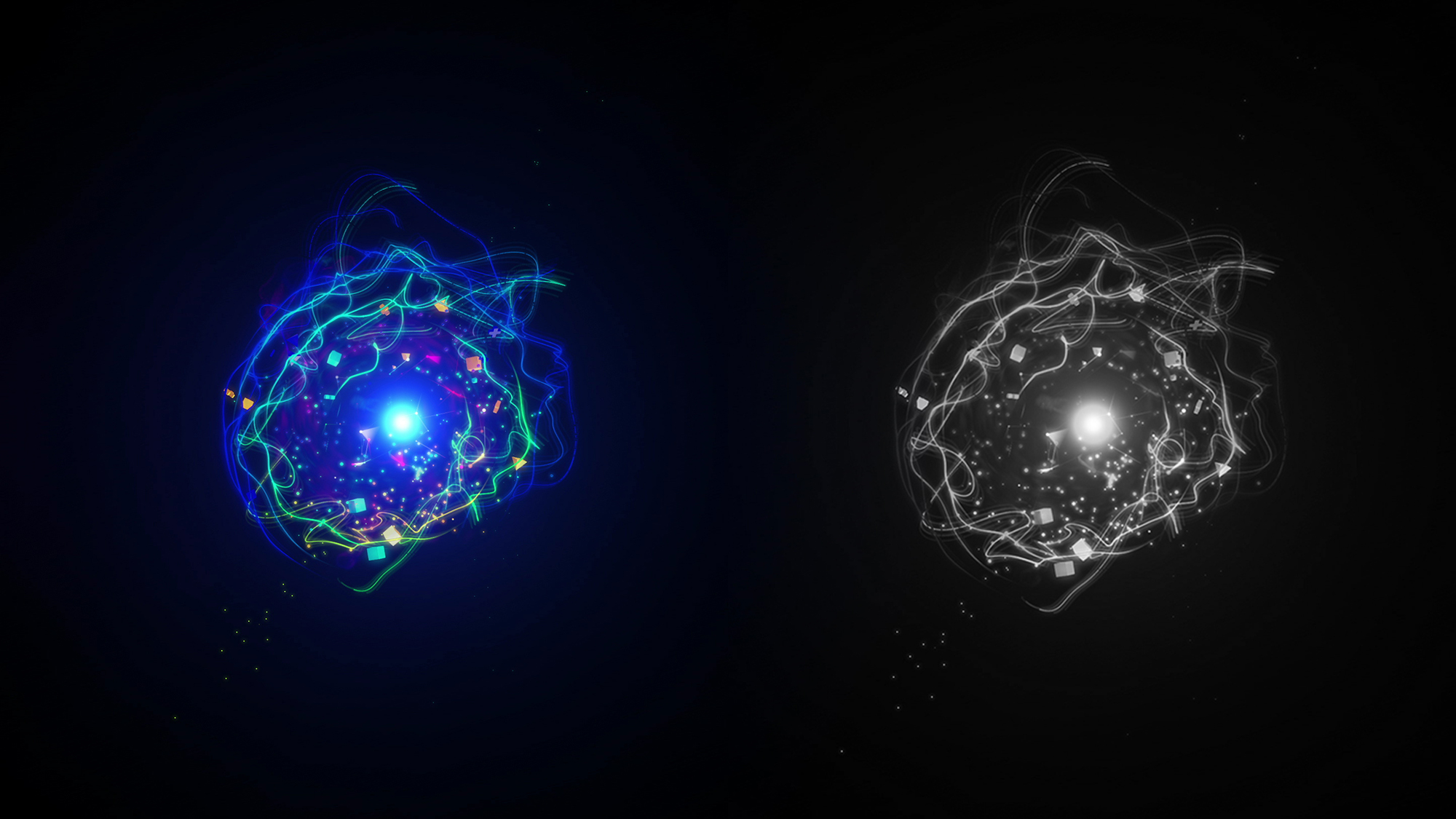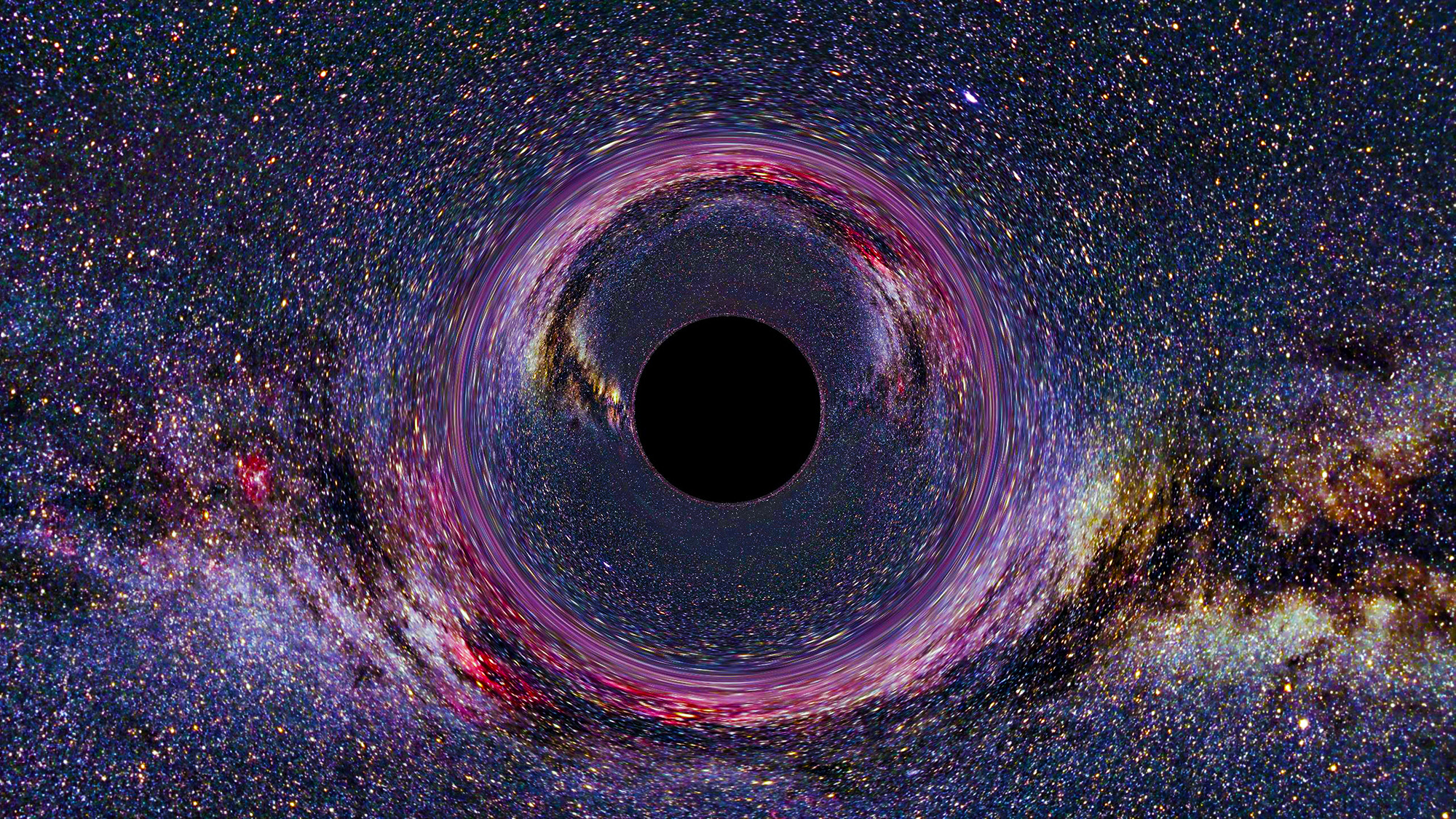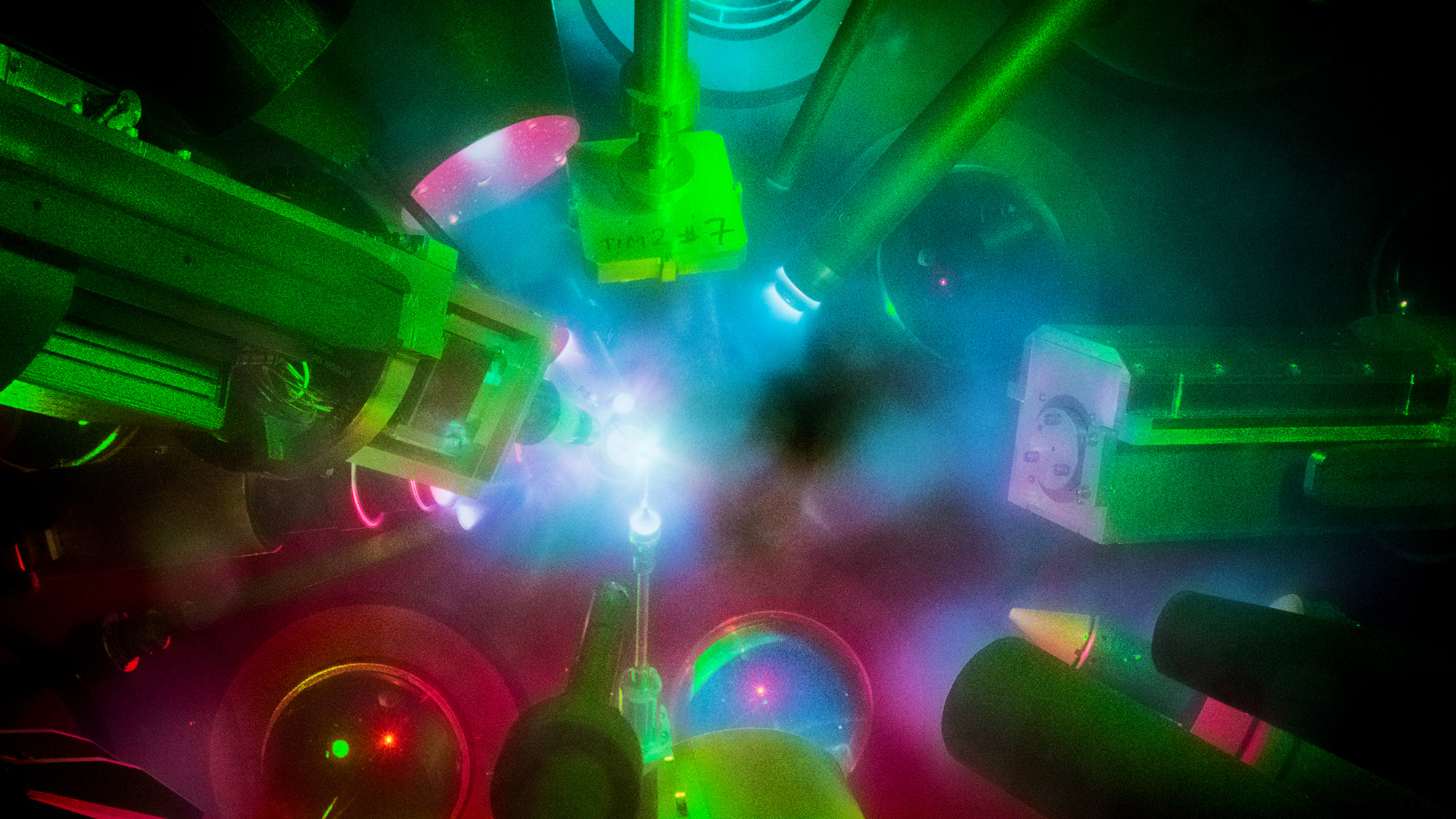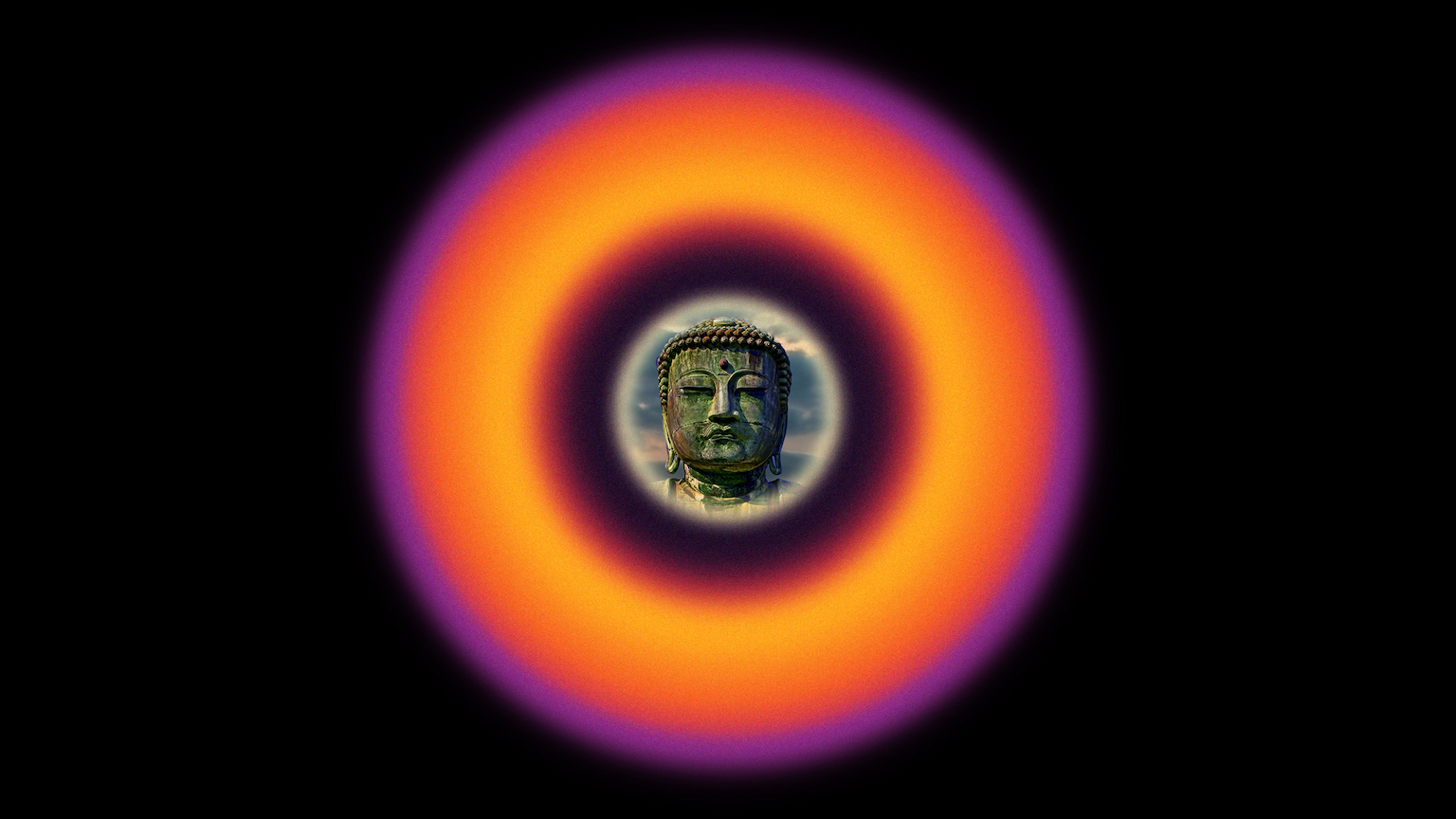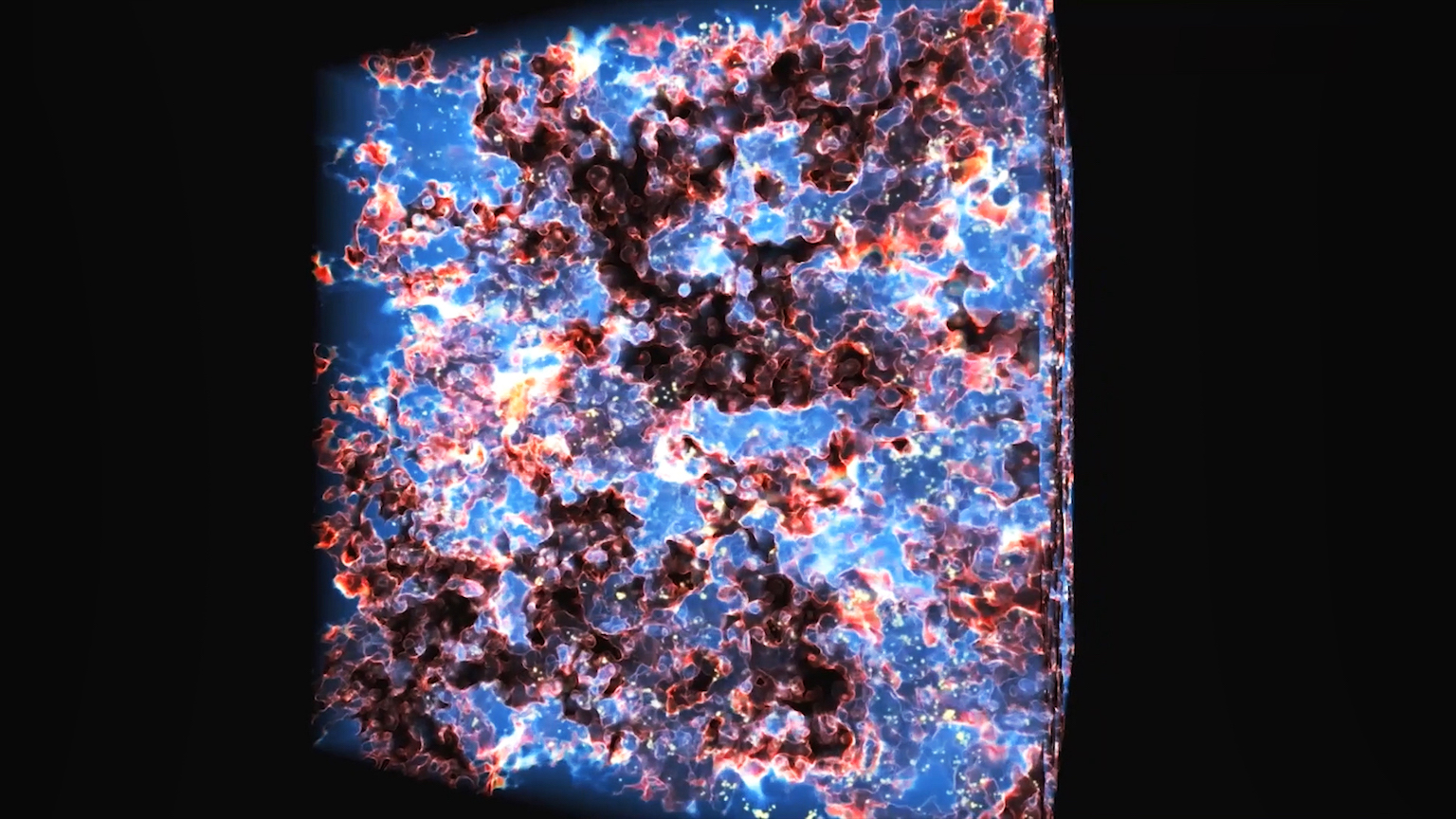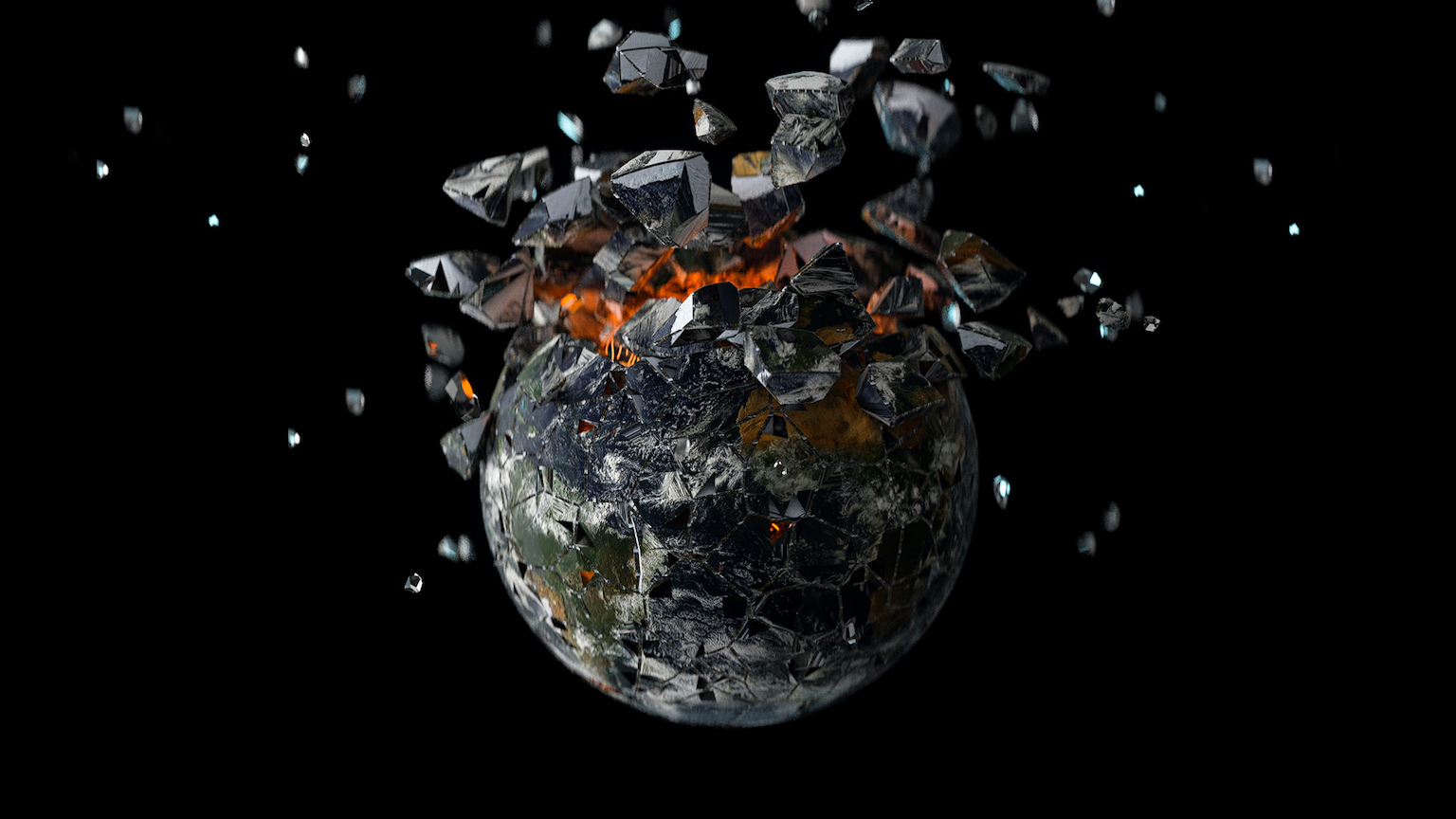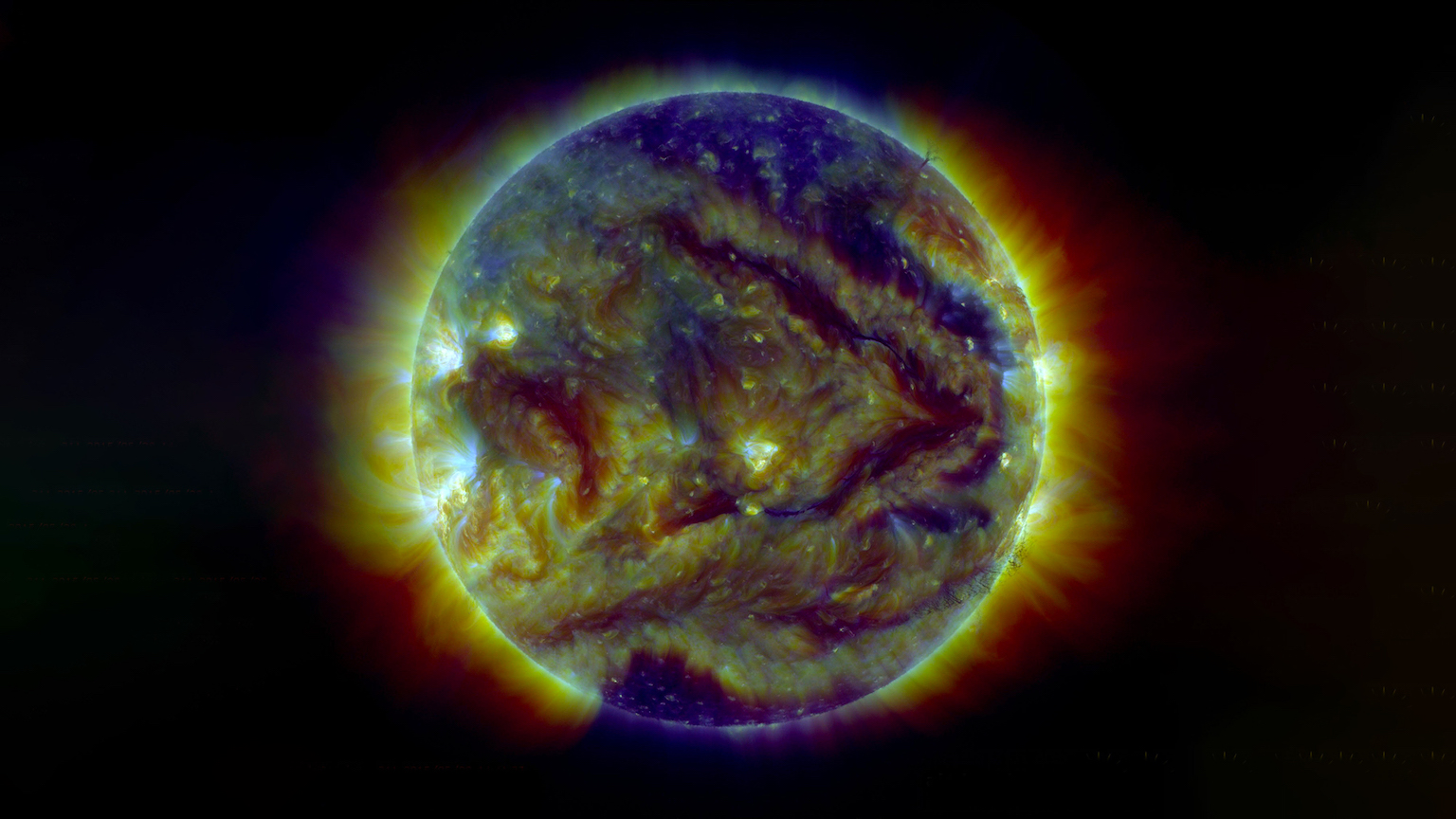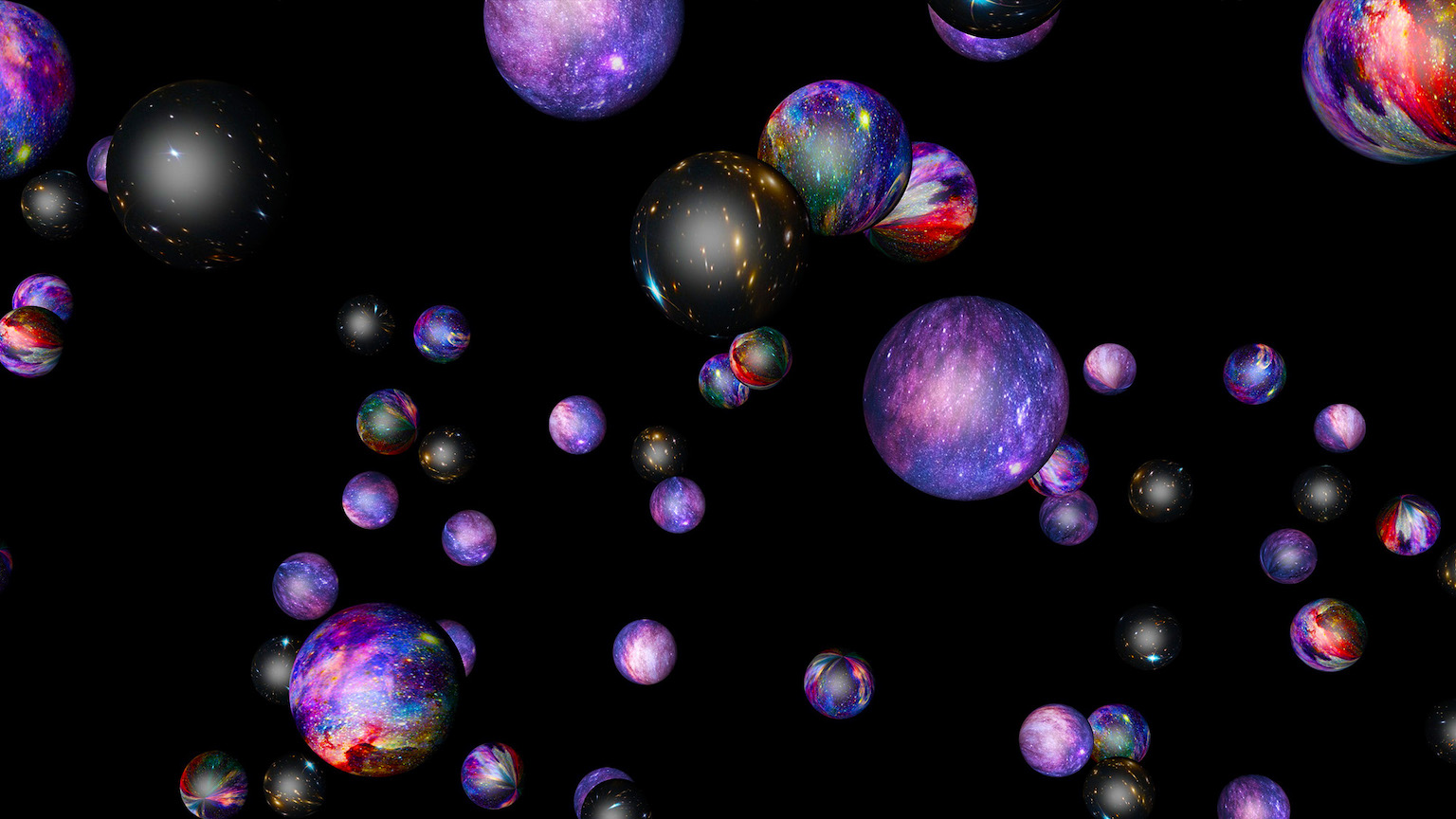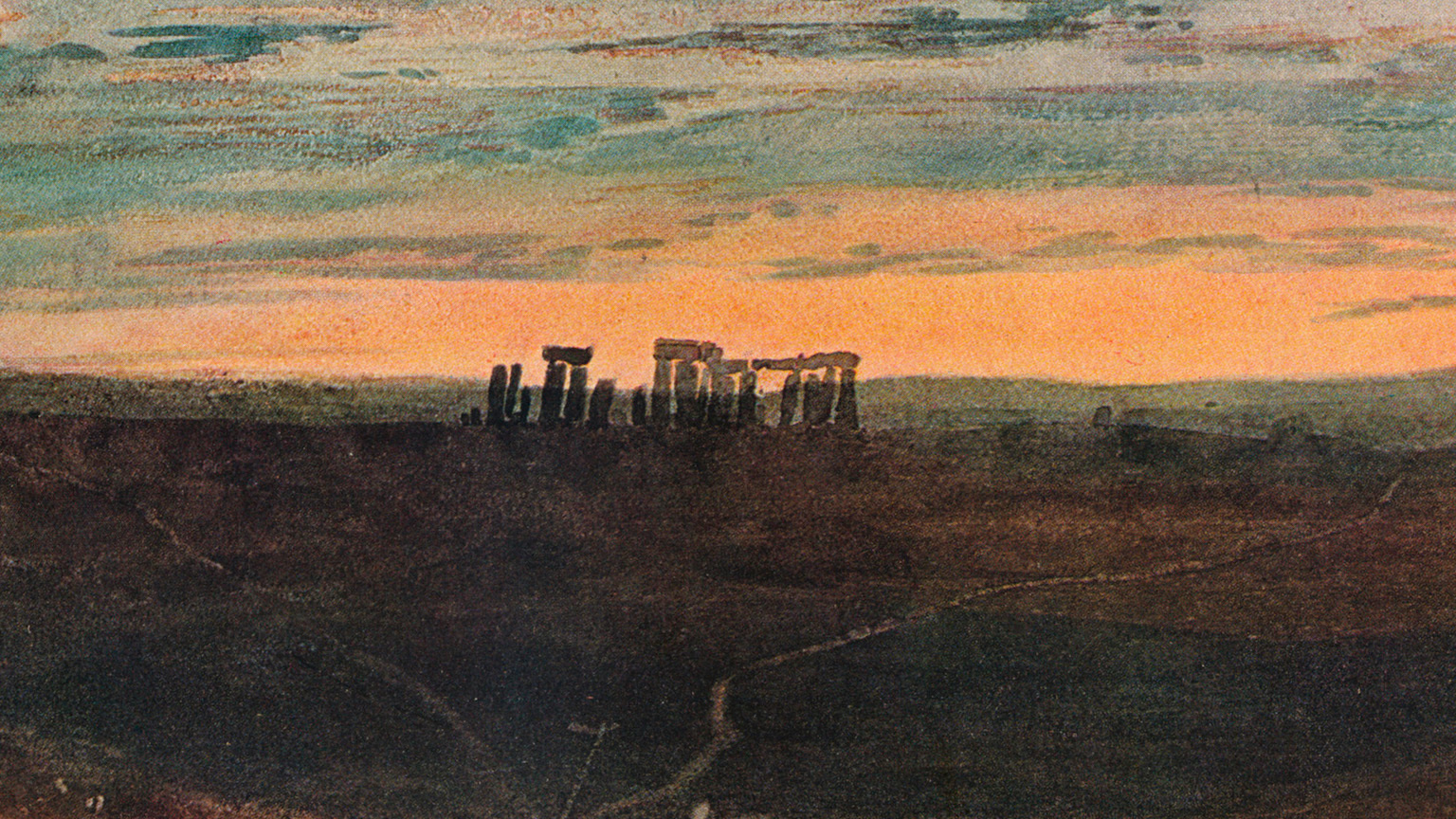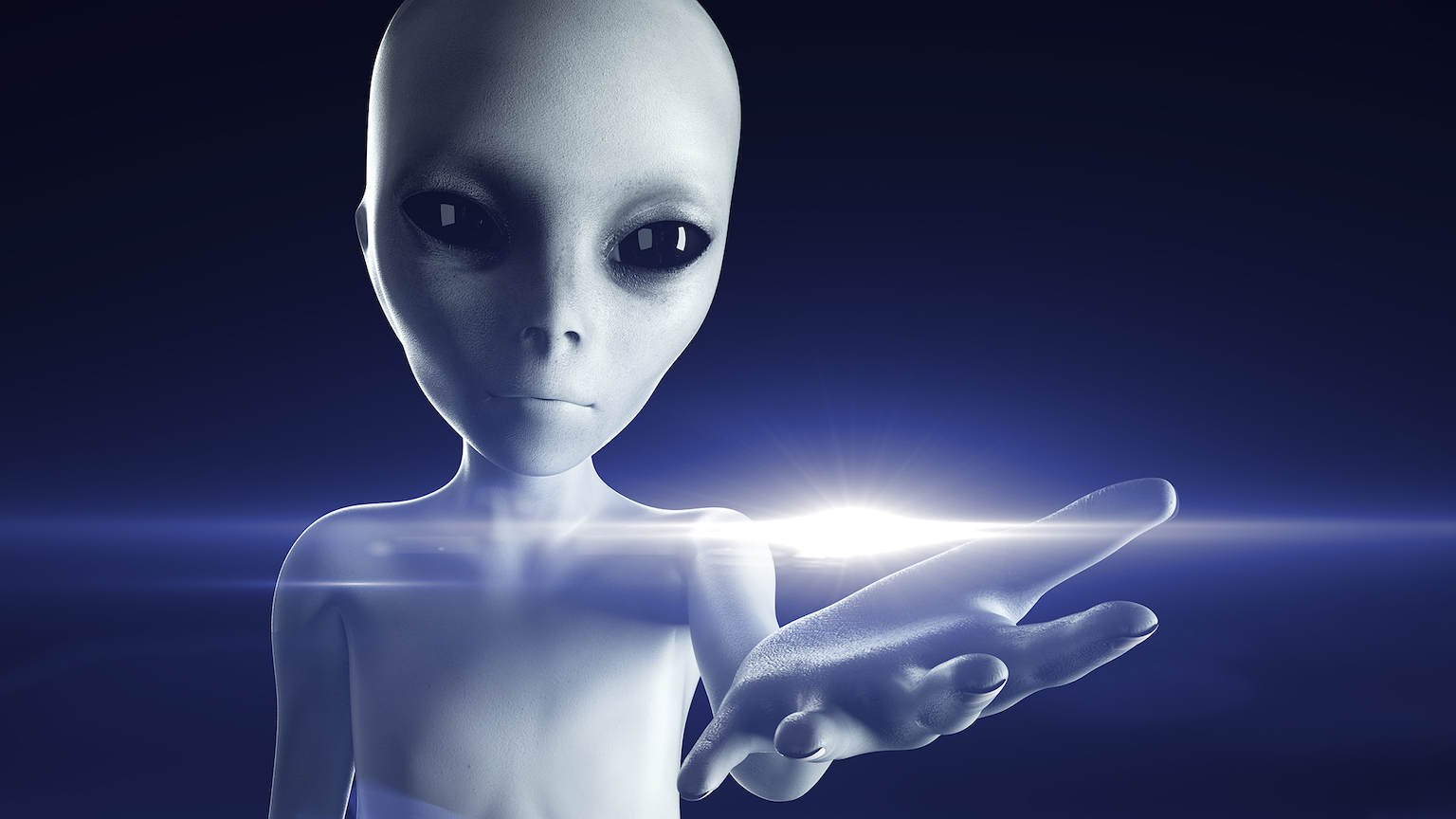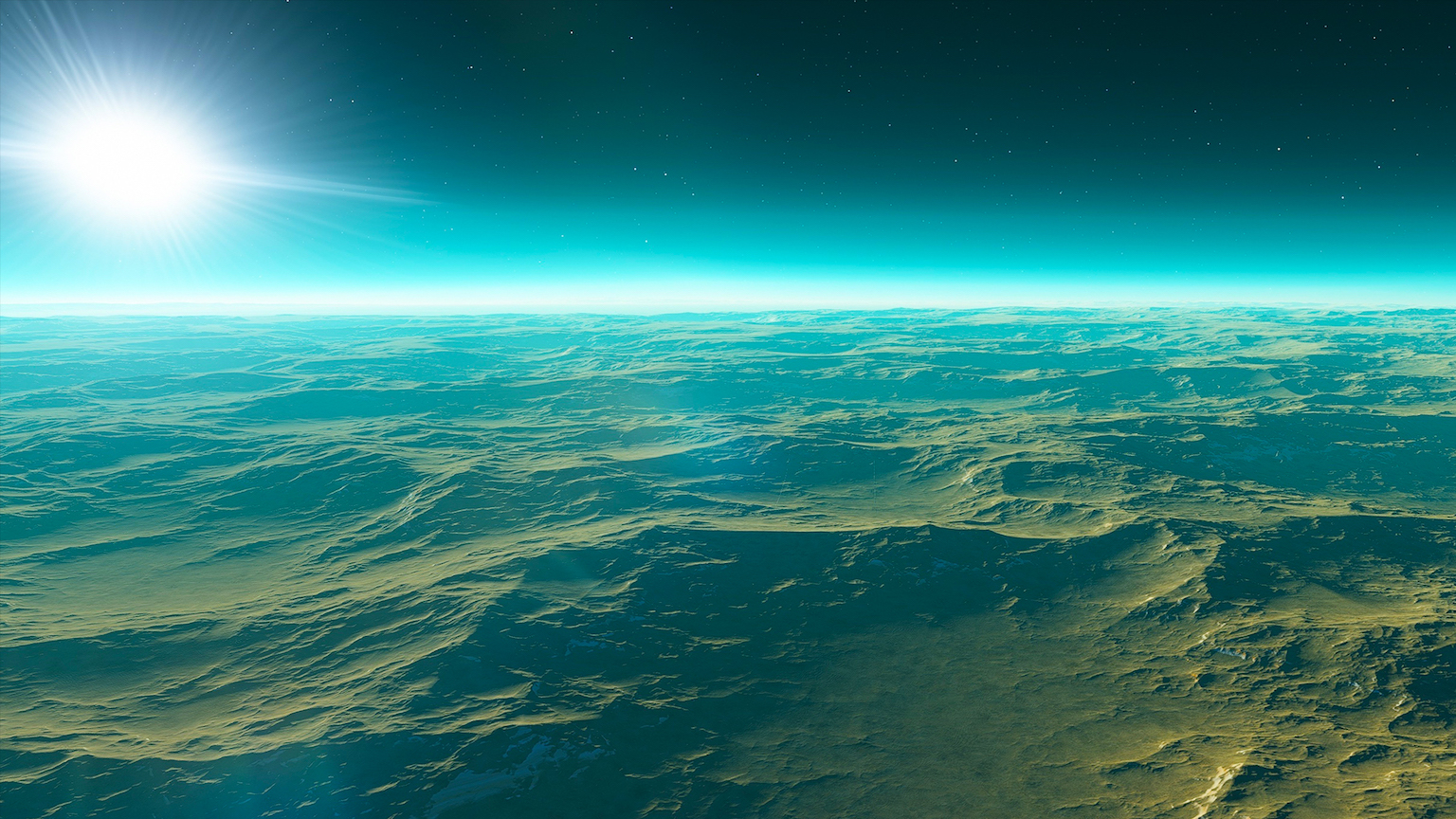Adam Frank
Astrophysicist
Adam Frank is a professor of astrophysics at the University of Rochester and a leading expert on the final stages of evolution for stars like the sun. Frank's computational research group at the University of Rochester has developed advanced supercomputer tools for studying how stars form and how they die. A self-described “evangelist of science," he is the author of four books and the co-founder of 13.8, where he explores the beauty and power of science in culture with physicist Marcelo Gleiser.

Reframing life in terms of death reveals some of the biggest philosophical problems with how we think about living systems.
What we call “basic research” is actually the most cutting-edge. It underpins knowledge, and without it, technology does not come into being.
Lasers are all around you. This ubiquitous technology came from our understanding of quantum physics.
Like humans, stars die. The James Webb Space Telescope’s early images already give us a lot of information about how this happens.
Science and the sacred both allow us to retain our sense of wonder, even as disaster seems to swirl around us.
Quite a lot, actually, even though it has no identifiable value as a scientific concept.
Any alien civilization that grows to span an entire planet would spark the same effects that we have. So, what do we do about it?
What if intelligence can thrive without consciousness?
Do the laws of physics place a hard limit on how far technology can advance, or can we re-write those laws?
Astronomers in 2017 caught an image of a supermassive black hole in a galaxy far, far away. Doing it in our own galaxy is a huge milestone.
Every timekeeping device works via a version of a pendulum — even the atomic clocks that are accurate to nanoseconds.
Realism in science cannot be completely unmoored from human experience. Otherwise, realism ends up tortured with unreal paradoxes.
A new paper combines two concepts from the edges of astrophysics: Dyson Spheres and black holes. A Type III civilization could combine them.
Time for a status check before watching “Moon Knight.”
The relationship between these two ways of thinking about the world deserves deeper exploration.
The James Webb Space Telescope could help scientists learn about the cosmic dark ages and how they ended.
Earth is not a benign mother. We have begun to witness what happens when it unleashes its fury.
From a desert oasis to the Rocky Mountains, being filled with awe makes me a better scientist.
Is the multiverse real? It’s one of the hottest questions in all of theoretical physics. We invited two astrophysicists to join the debate.
The Kardashev scale ranks civilizations from Type 1 to Type 3 based on energy harvesting.
Please stop calling our Sun an “average star.” It is philosophically dubious and astronomically incorrect.
In scientific theories, the Multiverse appears as a bug rather than as a feature. We should squash it.
Besides offering an incredibly cool way to get stuff into space, SpinLaunch promises to reduce the cost of a launch by 20-fold.
We are generally taught that there is an arc of history — an inevitable path of progress that leads to modern society. Maybe it isn’t true.
In movies and TV shows, aliens look like pointy-eared humans. Is this realistic? If evolution is predictable, then it very well might be.
Venus has far more carbon dioxide in its atmosphere than Earth, which turned our sister planet into an inferno. But how did it get there?
Even if you or I will never actually visit these distant worlds, we now know they exist. They should fill us with wonder.


